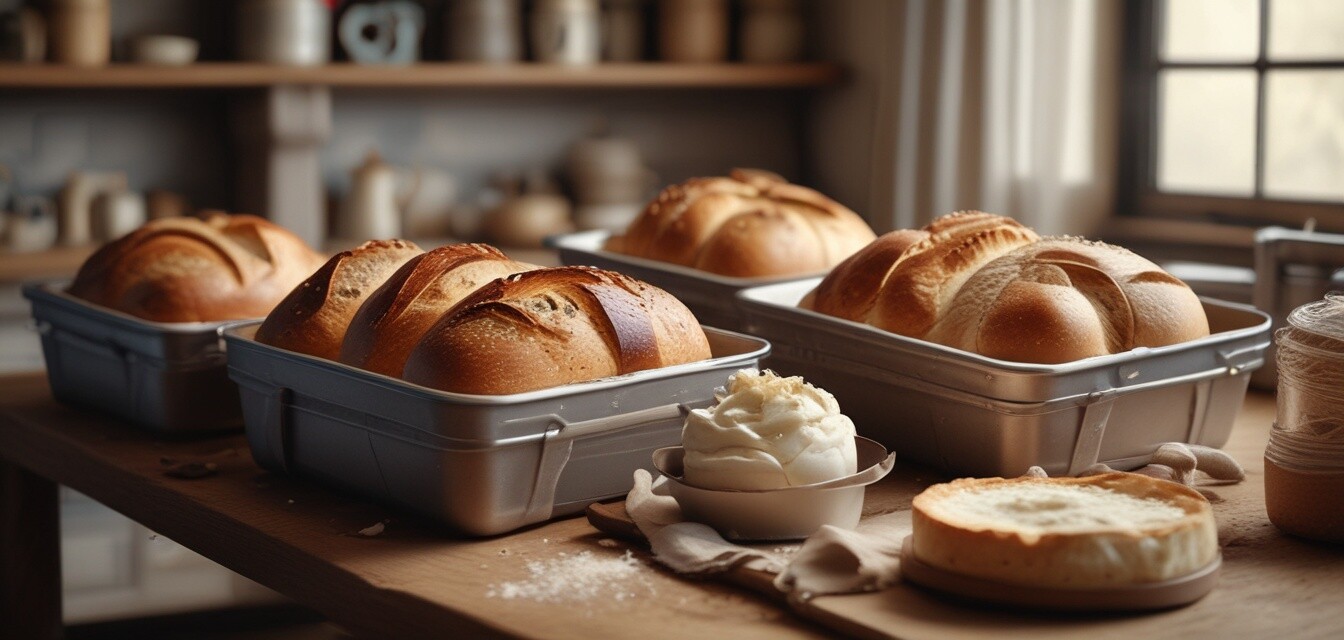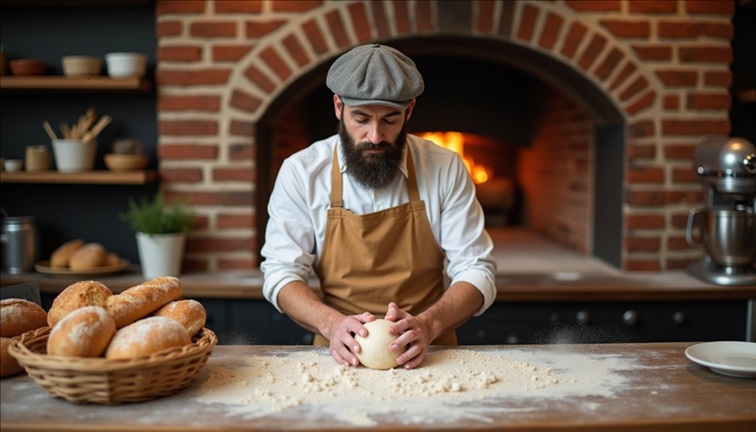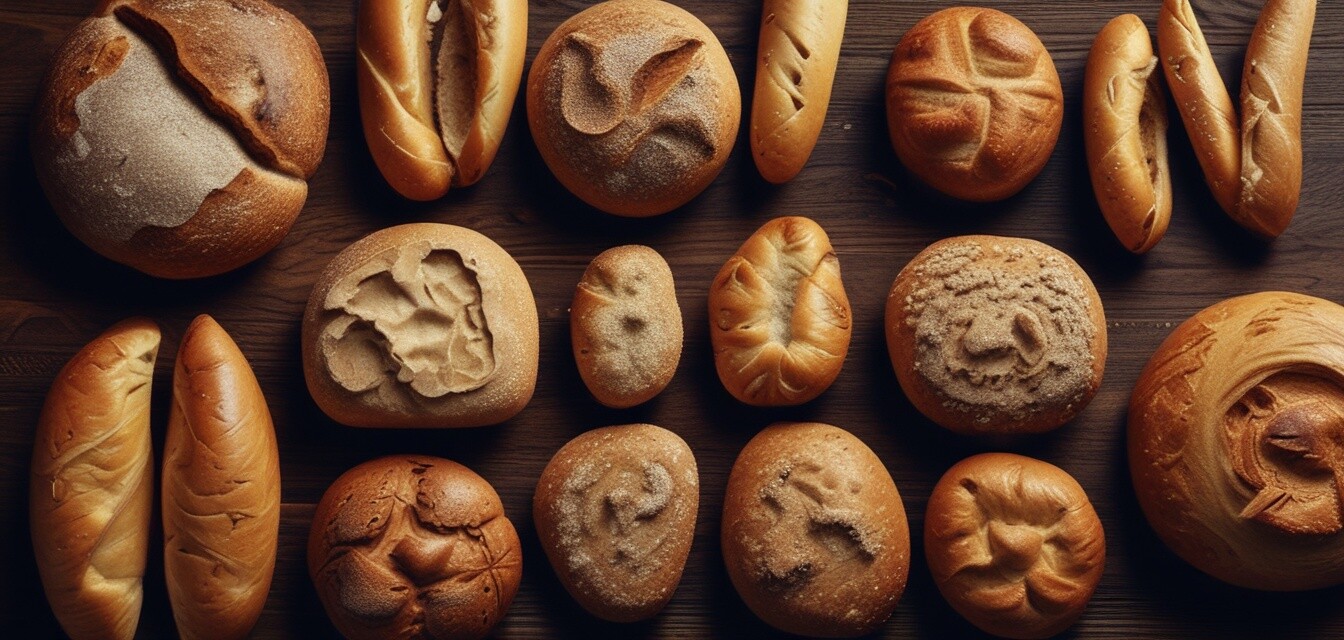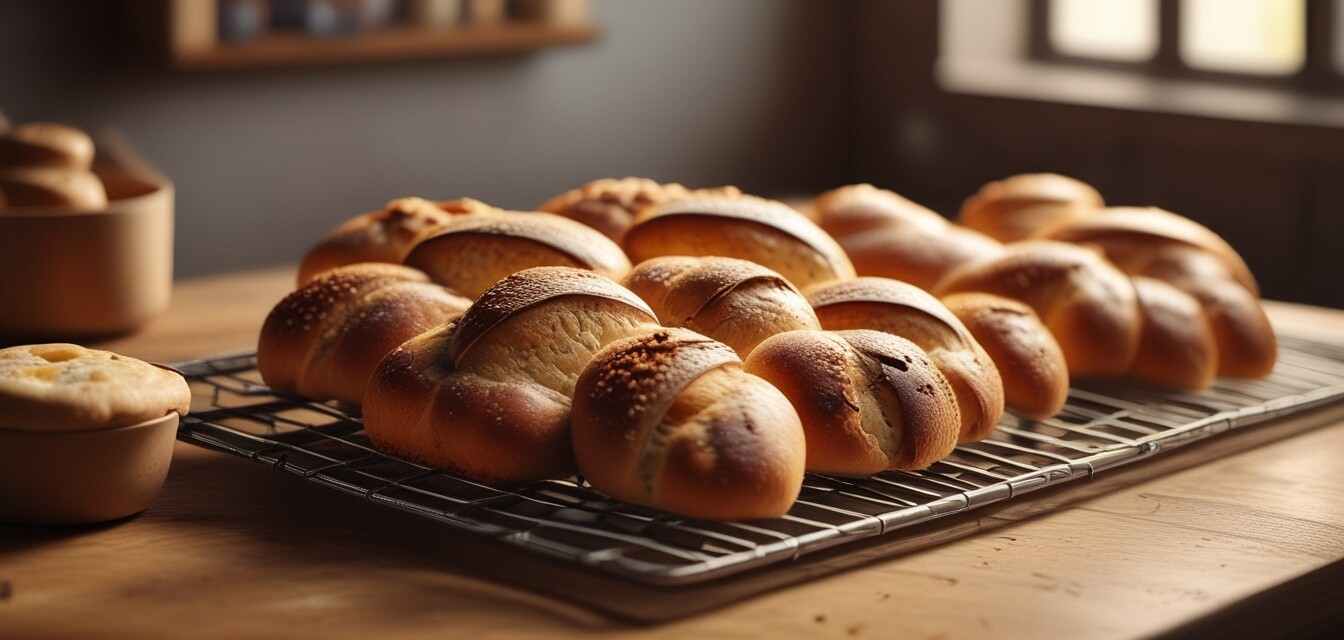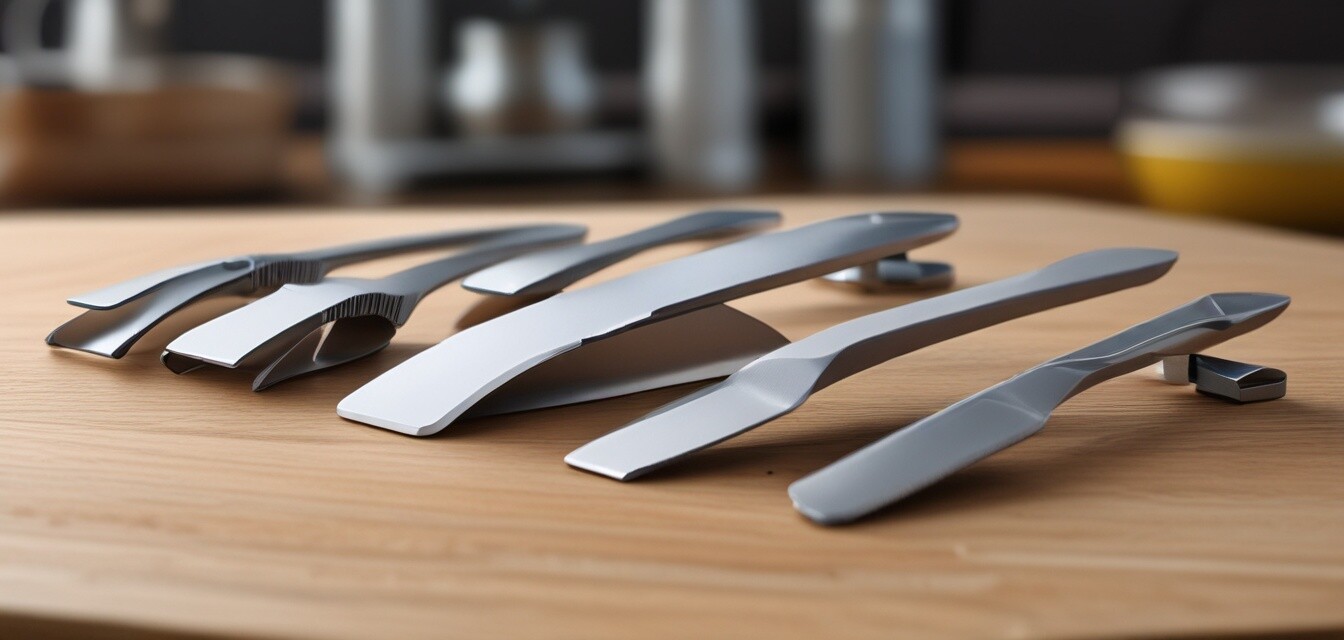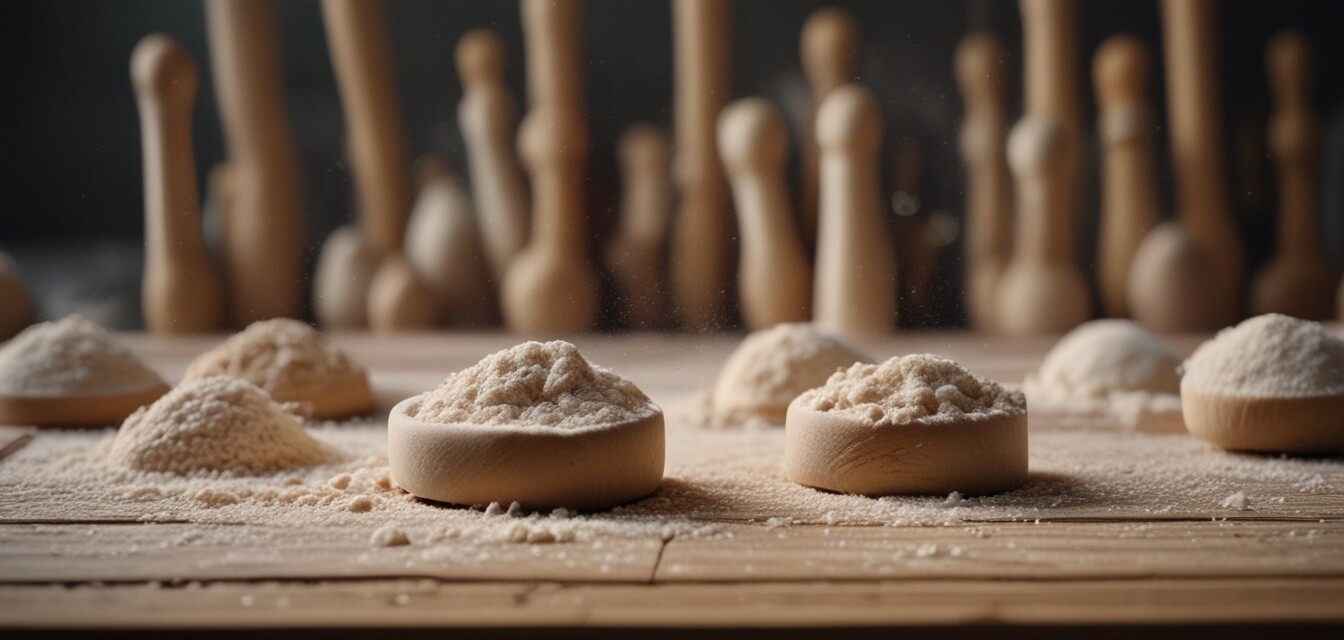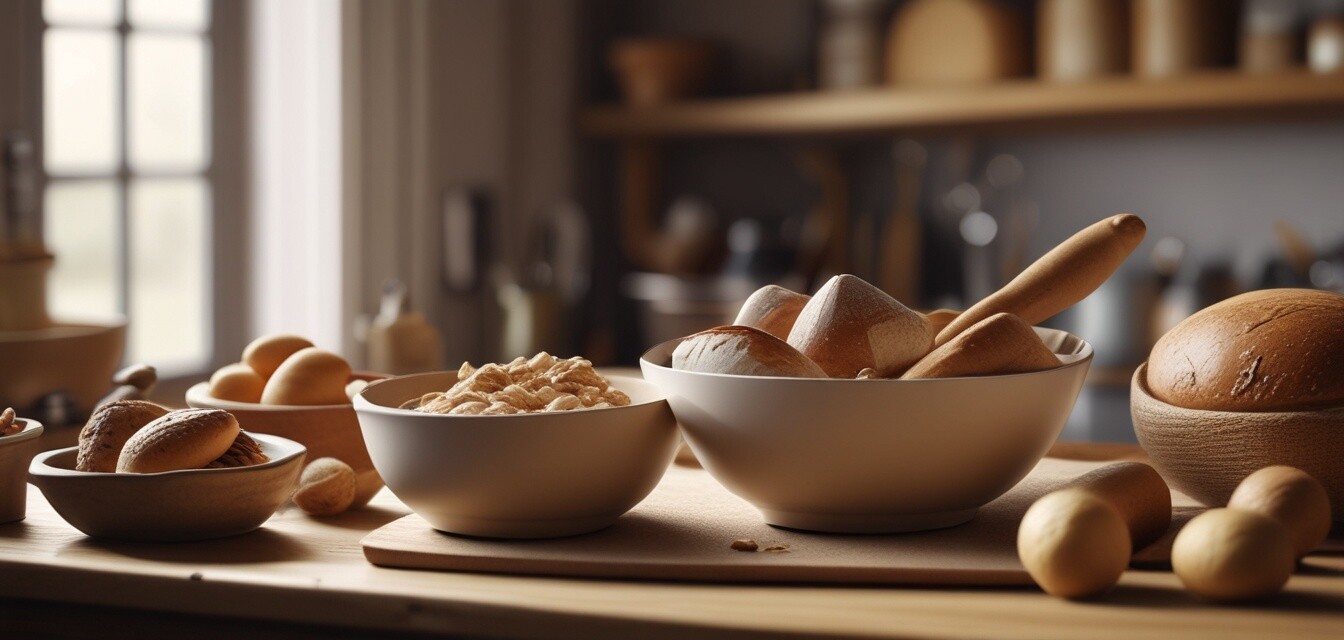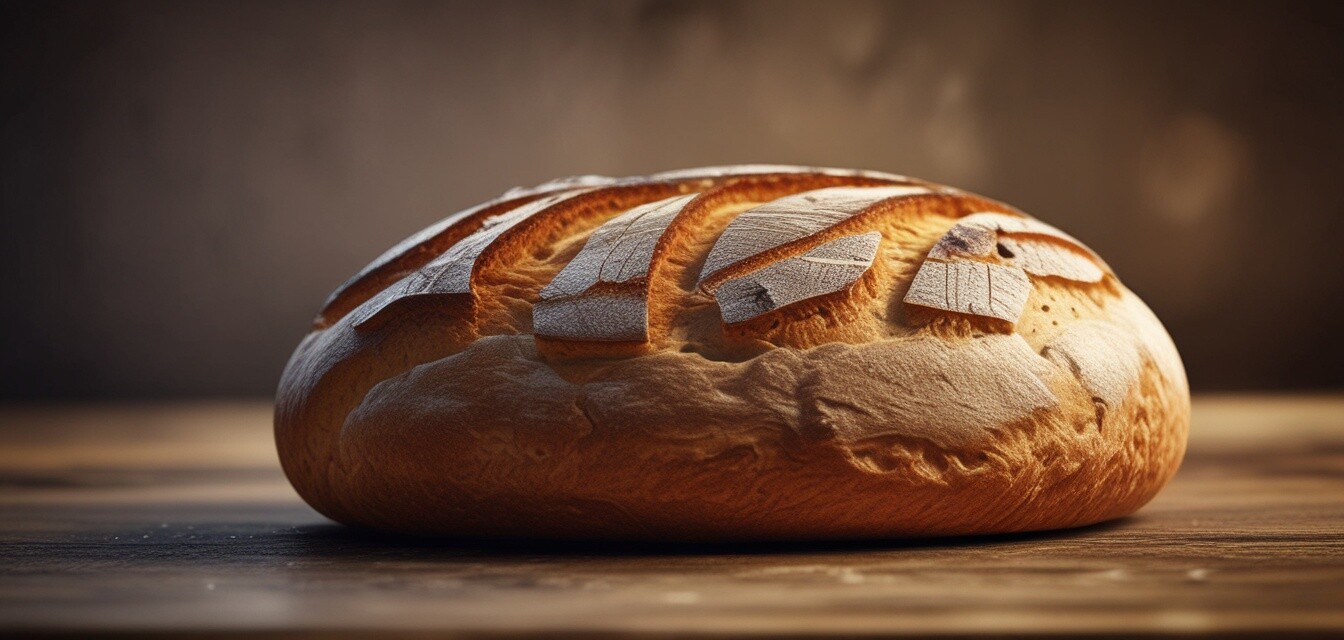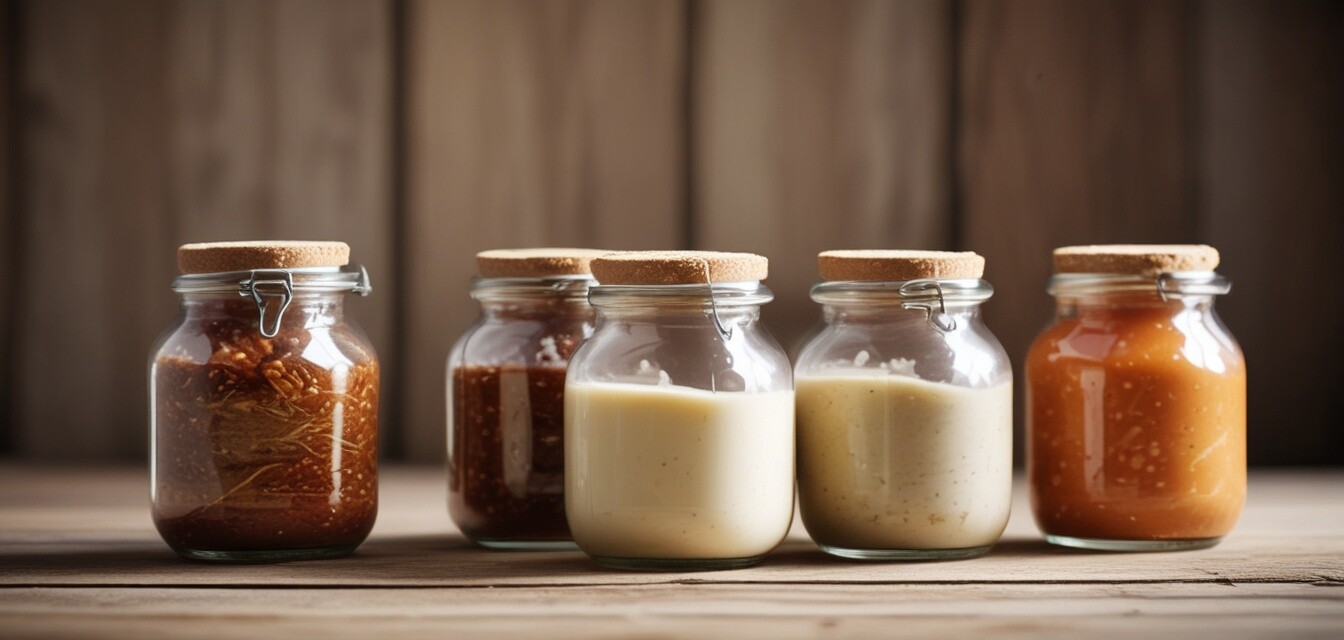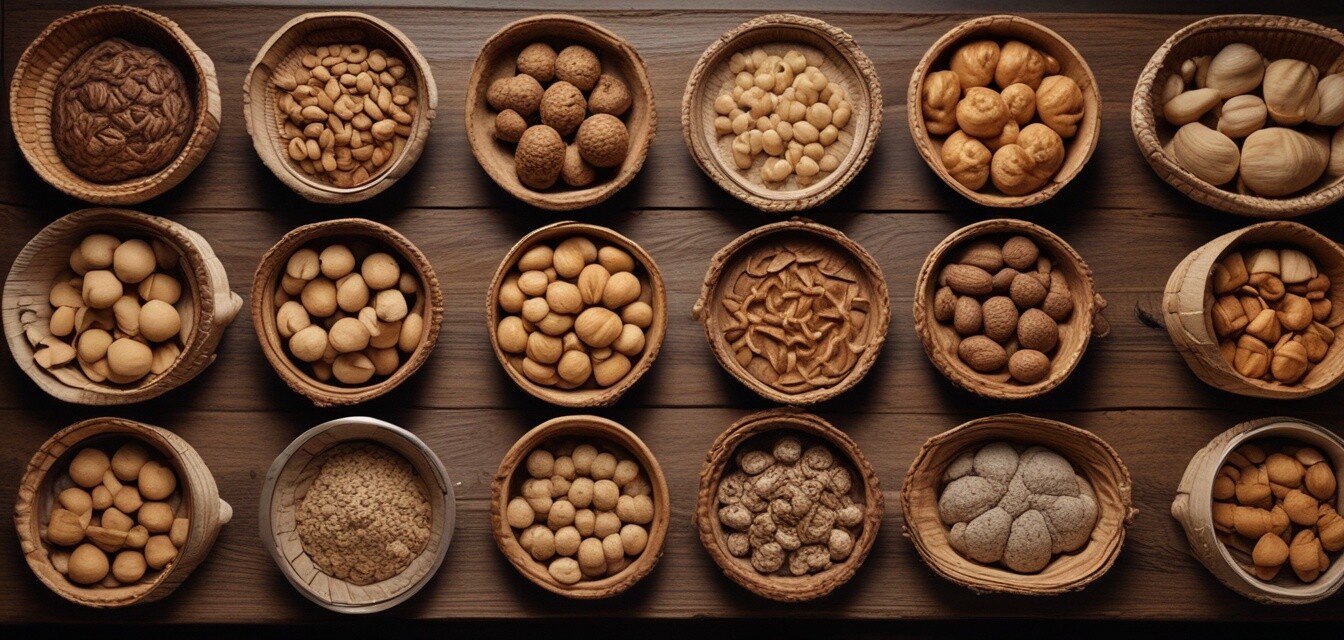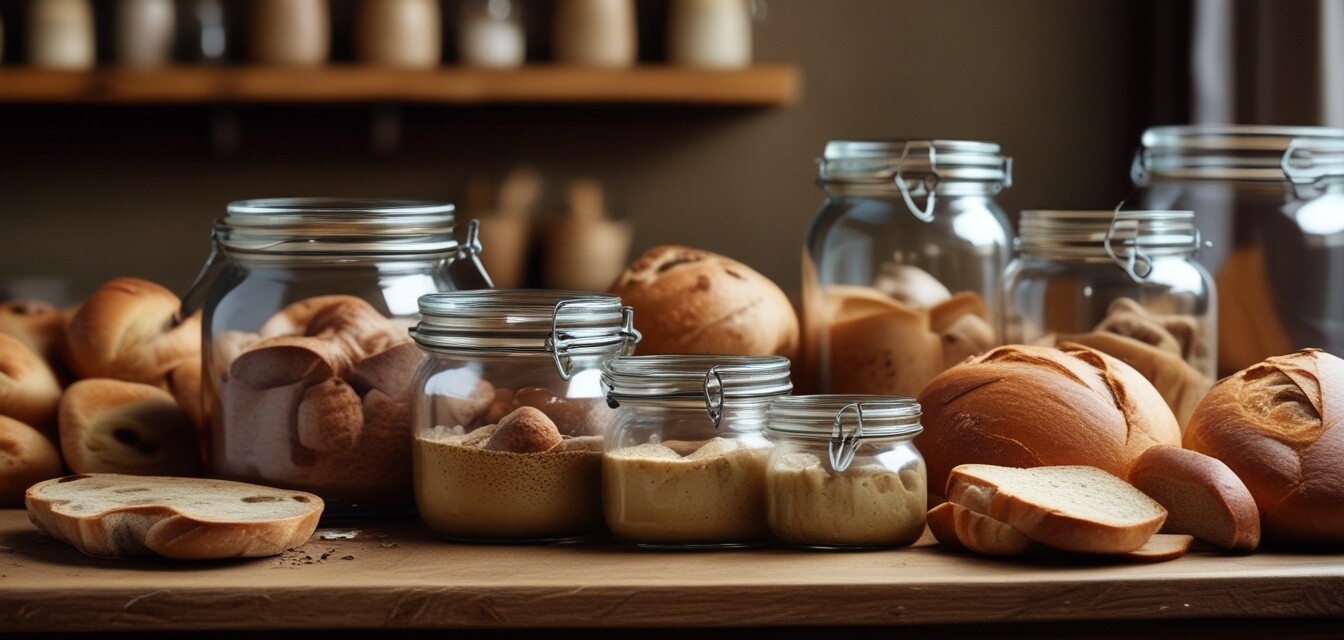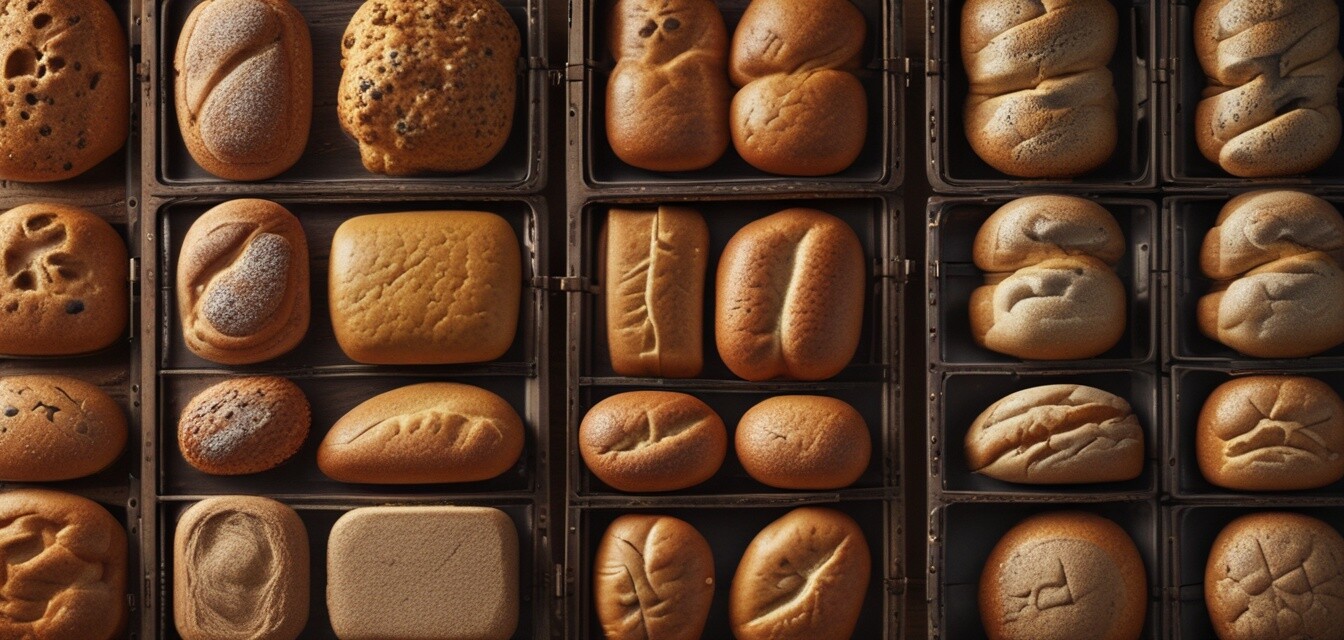
Bread Pans
Select from a range of bread pans to suit any loaf style or size you want to bake.
Key Takeaways
- Choose the right bread pan size for your loaf style
- Material matters: non-stick, stainless steel, or ceramic
- Shape up: round, oblong, or rectangular pans for different loaf shapes
What to Consider When Choosing a Bread Pan
When it comes to artisan bread baking, the right bread pan can make all the difference. But with so many options available, how do you choose the perfect one for your needs?
First, consider the size of the loaf you want to bake. Do you prefer a crusty baguette or a hearty sourdough? Different loaf styles require different pan sizes, so make sure to choose a pan that can accommodate your desired loaf size.
| Bread Pan Size | Loaf Style |
|---|---|
| Small (9x5 inches) | Baguette, Ciabatta |
| Medium (10x6 inches) | Boule, Country Bread |
| Large (12x7 inches) | Sourdough, Italian Bread |
Bread Pan Materials: Which is Right for You?
Bread pans come in a variety of materials, each with its own unique benefits. Non-stick pans are great for easy loaf removal, while stainless steel pans provide excellent heat conduction. Ceramic pans offer a non-reactive surface and a rustic, artisanal look.
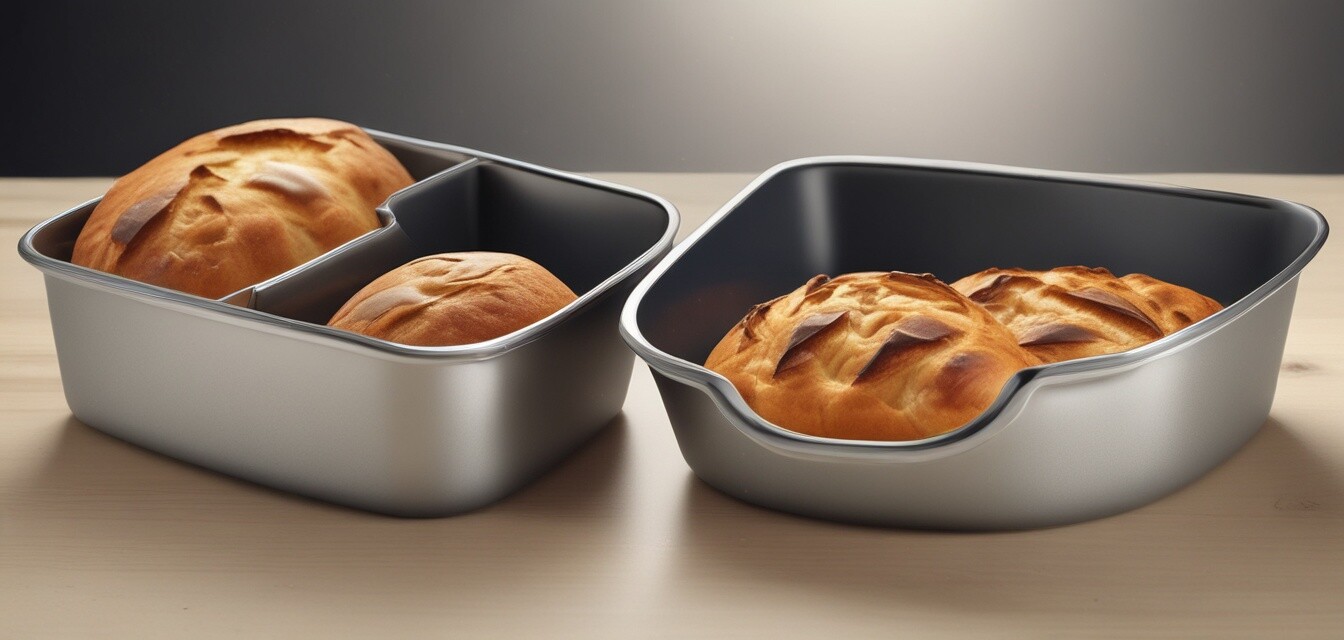
| Material | Benefits |
|---|---|
| Non-Stick | Easy loaf removal, easy cleaning |
| Stainless Steel | Excellent heat conduction, durable |
| Ceramic | Non-reactive surface, rustic look |
Shape Up: Choosing the Right Bread Pan Shape
The shape of your bread pan can also affect the final shape of your loaf. Round pans are great for boules and country breads, while oblong pans are perfect for baguettes and ciabatta. Rectangular pans offer a more rustic, artisanal look.
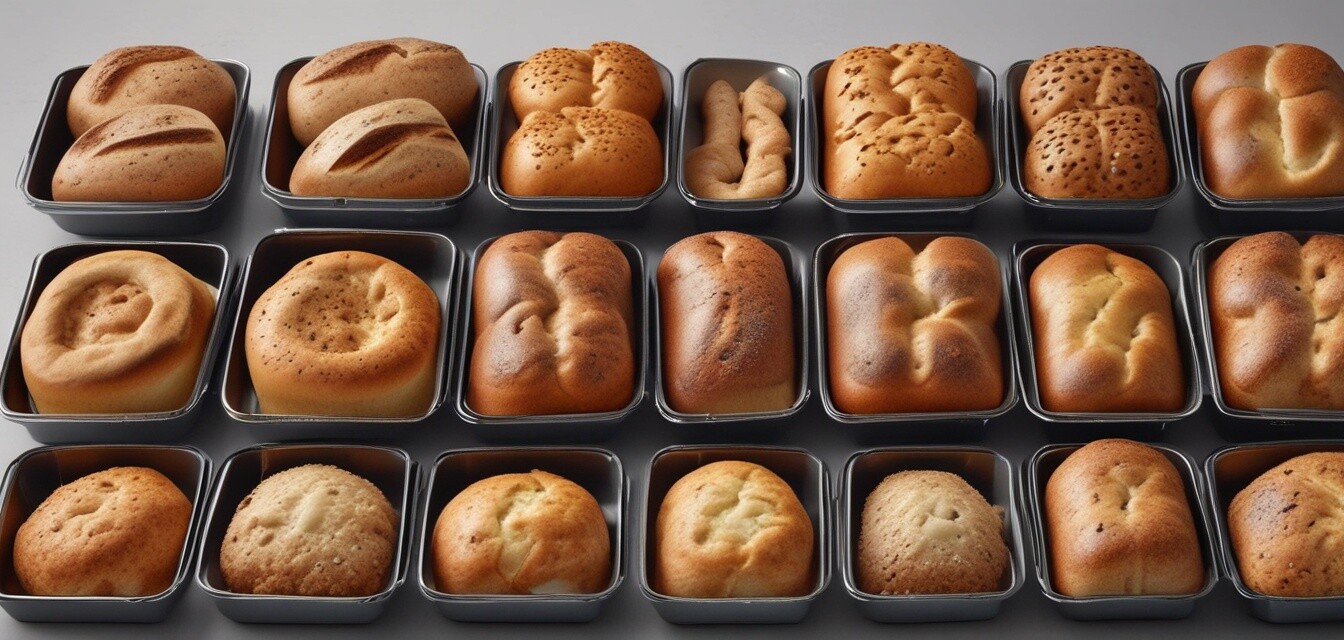
For more information on proofing baskets, check out our Proofing Baskets page.
Conclusion
With so many bread pan options available, it's easy to get overwhelmed. But by considering the size, material, and shape of your bread pan, you can choose the perfect one for your artisan bread baking needs.
Pros
- Wide range of sizes and materials to choose from
- Easy to clean and maintain
- Can be used for a variety of loaf styles
Cons
- May require seasoning or non-stick coating
- Can be expensive, especially for high-quality pans
- May not be suitable for very large or very small loaves
Beginners Tip
New to artisan bread baking? Start with a small, non-stick bread pan and experiment with different loaf styles and sizes as you gain more experience.
For more information on dough scrapers, check out our Dough Scrapers page.
Want to learn more about lame blades? Check out our Lame Blades page.
Interested in bread cloches? Check out our Bread Cloche page.
Looking for a baker's couche? Check out our Baker's Couche page.
